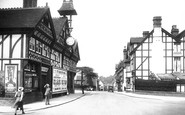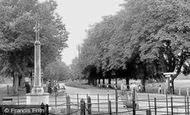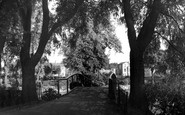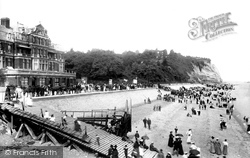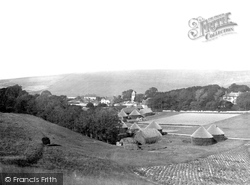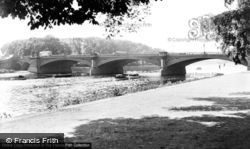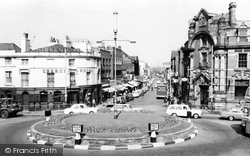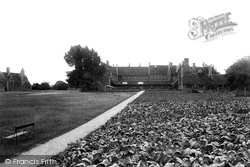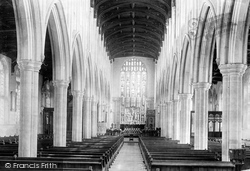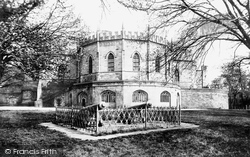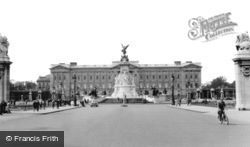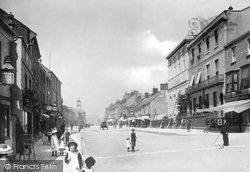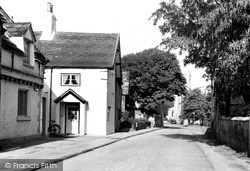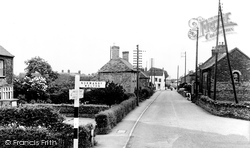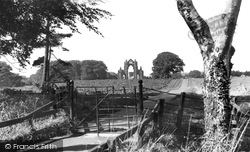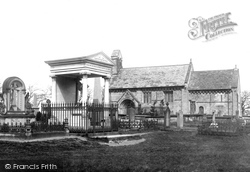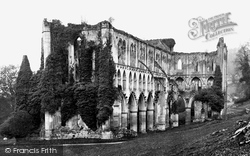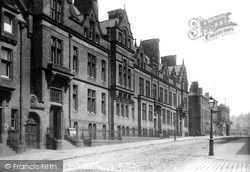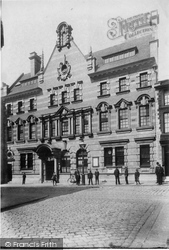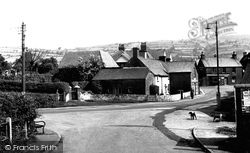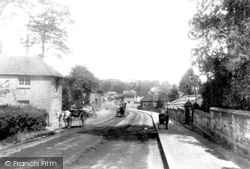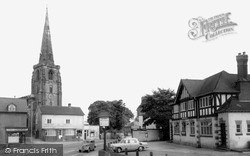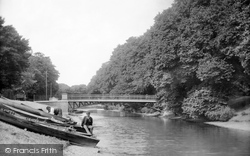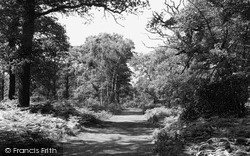Places
Sorry, no places were found that related to your search.
Photos
5 photos found. Showing results 961 to 5.
Maps
83 maps found.
Books
Sorry, no books were found that related to your search.
Memories
1,127 memories found. Showing results 481 to 490.
Salters Hall 1949
My mother ("Molly" Tonks) was manageress at the Salters Hall cafe. I used to roll napkins and silverware for her after school. We lived in the flat above. We traveled to America on Cunard White Star's Britannic in late ...Read more
A memory of Droitwich Spa in 1949 by
The Other Side Of Hyde Road
We had long warm summers with some rain and all the children could play together without too much bickering, our little group lived in a small area from Wren Street to Ashmore Street. Not all the kids went to St Marks ...Read more
A memory of Gorton in 1948 by
Blacksmiths Shop Daddy Thornton And Church School Farmer Archie Hill
I was born in Staincross, a stone's throw from Royston but in 1950 they seemed much further apart.
A memory of Royston in 1948 by
Police Houses
I used to live with my aunt and uncle at 10 the Crescent from 1948 to 1954. It was a fantastic life there with woods to play in, and streams to divert. An absolute paradise. As young children we could play all day in the woods in ...Read more
A memory of Hindlip in 1948 by
Nostalgia
I lived in Burton from 1948 until 1966. I have such fond memories of the village as it was then. There were a group of lads that I was part of viz. Brian Bradshaw, Stewart Salrein, Roger Taylor, Anthony Blundell and we were then ...Read more
A memory of Burton in Lonsdale in 1948 by
Living With Nan And Grandad
I was born in the back bedroom of my nan and grandads house in Wellesley Road Wanstead. We did not have much but all worked together, my great aunt Flo and uncle Arthur lived in the basement, they also had a bedroom ...Read more
A memory of Wanstead in 1948 by
No 10 Hanney Camp
I was born at Hanney Camp but I have no memories as my parents moved when I was 6 months old. I think we lived at no 10 or 10a as the address was on my medical card. My mum use to tell me stories about her life there and she was ...Read more
A memory of Steventon in 1948
Three Horse Shoes
My memories were of coming to my grandmother at the Three Horse Shoes Inn. My Uncle Billy and Aunt Olive had the licence at that time, my mum was Martha Dailly nee Hall. I remember meals in the kitchen behind the bar, ...Read more
A memory of Kirk Merrington in 1948 by
1948 To 1955 Rope Hill School Boldre Lymington Brockenhurst Sway
A few months ago I started to try and contact "boys" who experienced Rope Hill School in Boldre during the forties and early fifties - but then sickness overtook my efforts and things ...Read more
A memory of Boldre in 1948 by
Fair And Lake Wandle Park, Croydon
A travelling fair each summer here was both a delight and a way to earn a few shillings when the fair ended. I would help dismantle the rides and stalls, working hard from morning to evening for about five shillings ...Read more
A memory of Croydon in 1947 by
Captions
1,233 captions found. Showing results 1,153 to 1,176.
Harriet Windsor-Clive, the Countess of Plymouth, took an interest in the layout of Penarth, owning much of the land in the locality.
Here we see a rural scene in a fold of the Downs - now much more wooded and obscured by trees. A stack yard is in the foreground, with round and rectangular corn ricks.
There is very much a Victorian suburban feel here, apart from the 1950s concrete swan-necked lamp-post.
This view looks towards the 1871 cast iron Trent Bridge from the Victoria Embankment, a view much changed today, with the awful West Bridgford Hotel of 1962 (now Rushcliffe Civic Centre) replacing
Much has changed since 1965. Traffic control measures mean that there is almost no legal parking in the area.
This is now the European School, and not much softened with age.
This style of building, with no chancel arch and a continuous roof, was common in large churches of this period.
Court sittings permitting, we can tour the castle today and see much of this fascinating place, including the condemned cell, and an early gallows.
It is obviously more restrained than the Victor Immanuel monument in Rome, but to some tastes not by much of a margin.
On the street, a new generation had not yet been born in the Victorian shot, but otherwise not much has changed.
When the Hall was eventually demolished in 1925, much of the stone was reused to build smaller properties in the village.
Actually, several more things have disappeared, including the signpost, which has been replaced by much smaller signs that are partially covered by the hedge.
Without doubt, this is one of the loveliest views in Guisborough, beloved of many Gisborians, and not least the author; the juxtaposition of the priory arch and the parish church is remarkable, with
The inner arch contains 40 beak heads, possibly suggesting the 40 days and nights of Christ's wilderness fast.
Much of the village was built from the stone of the old abbey. North York Moors
The County Magistrates' Court ran on simple and firm sets of rules, relying on moral and ethical principles as much as on legislature.
The men and boys outside the GPO are very much aware that a photographer is at work. On the right, one man wearing a cloth cap and another a bowler are standing side by side.
This view today is much the same as pictured here. The gateway in the stone wall (centre left) is now a garage door.
This has obviously not caused too much of a stir in sleepy Bedwas.
Much has changed in this view looking downhill northwards towards the station and the High Street, with the house on the left replaced by a Shell garage.
The church is built of a grey sandstone; the scraping of the interior has left it somewhat dull, but relieved by the royal arms dated 1684 above the chancel arch.
The canal also served a second purpose as a defensive dyke, though it is hard to see it as much of an obstacle to an army that would have already crossed the Channel!
Sherwood Forest once covered over 100,000 acres between Nottingham and Worksop, although the great ducal estates of the Dukeries enclosed much of the north part for their parks.
There was a chapel and even a 'practice school' for the intended 92 students (the numbers later much increased).
Places (0)
Photos (5)
Memories (1127)
Books (0)
Maps (83)



